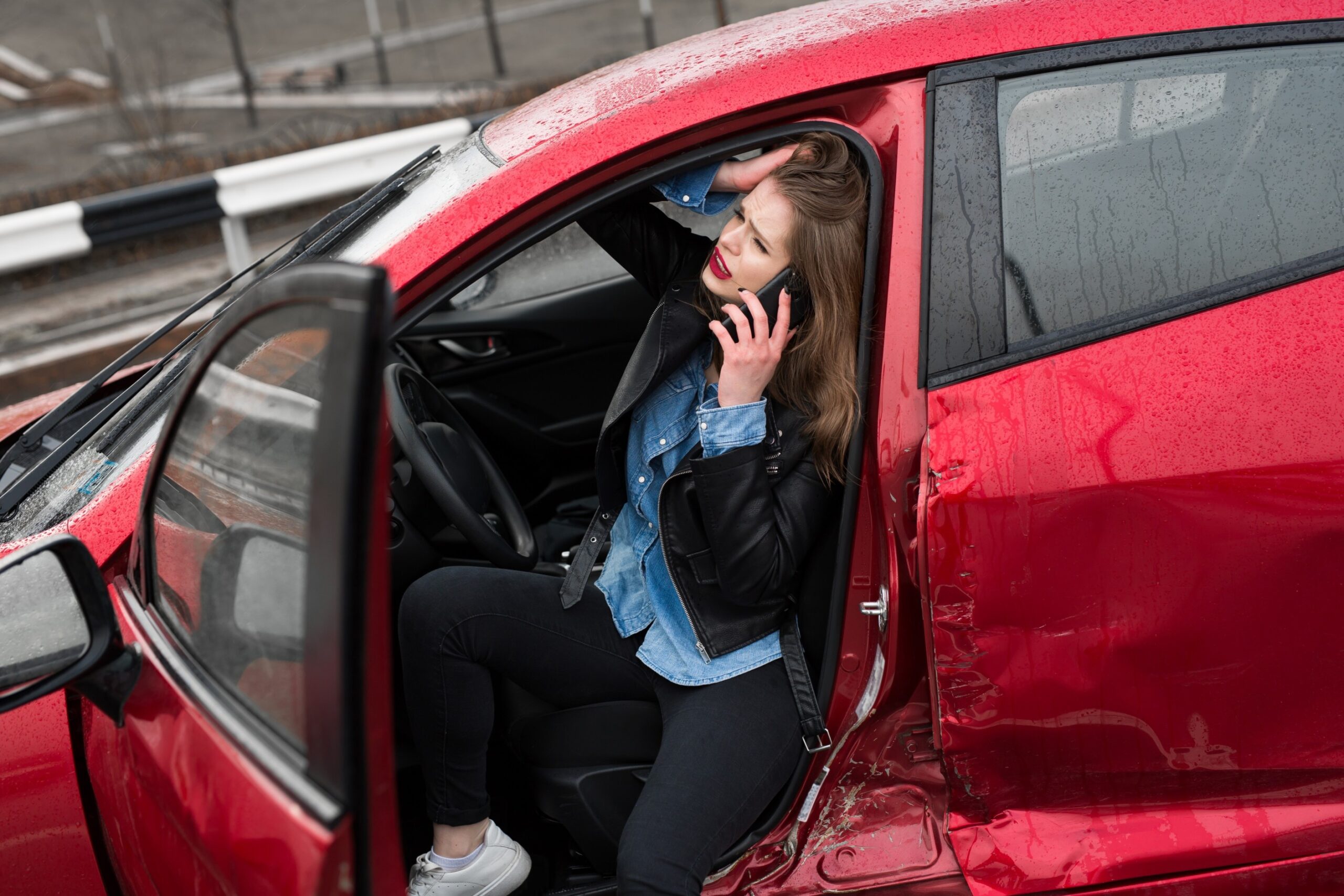How to Prove that the At-Fault Driver Was Speeding – Guest Post

If you were injured in a crash and believe the other driver was speeding, proving it can be critical to your personal injury claim. But how do you prove that someone was speeding, especially after the accident has already happened?
Collecting hard evidence, like police reports, witness accounts, or data from a vehicle’s black box, can be the difference-maker. If you want to get full compensation after the accident, proving that the at-fault driver was speeding makes your case more solid. The following are some of the most effective ways to prove they were driving over the legal speed limit.
1. Police Reports
The police officers who respond typically assess factors such as skid marks, vehicle positioning, and road damage. If they think speeding was a factor, they will include it in their accident report or issue a citation. This kind of official report can form an excellent basis for the foundation of your case, especially since it is the objective opinion of a third party.
2. Eyewitness evidence
Witnesses can provide critical testimony about what the other driver did. For example, if several witnesses all testify that the at-fault driver was “speeding down the road” or “ran a red light,” their testimonies can help make your case. Testimonies are most reliable when given by objective third-party witnesses, such as witnesses or drivers in passing vehicles.
3. Traffic or Surveillance Camera Footage
Traffic cameras, company security cameras, and dash cams can generate ongoing, timed logs of the speed at which a vehicle was moving relative to other cars. It is impartial evidence that can be employed to determine the driver’s actions before, during, and after the crash. If the evidence shows a vehicle cutting off another car rapidly or passing other cars aggressively, it can be a sign of speeding.
4. Vehicle Damage and Accident Reconstruction
Severe damage, especially from rear-end or high-impact collisions, can be a sign of speeding. Reconstruction specialists use computer software and equations to calculate speed from impact measurements, crumple zones, and momentum. Their technical evaluation can be most valuable in refuting the at-fault driver’s claims.
5. Electronic Data Recorders (Black Boxes)
Most modern vehicles are equipped with Event Data Recorders (EDRs) that record data such as speed, throttle position, and brake pressure seconds before an accident. You can obtain this data to validate whether the driver was speeding or failed to brake promptly.
6. Skid Marks and Road Conditions
The length and size of skid marks can indicate the speed at which a vehicle was traveling when the brakes were applied. Law enforcement can also consider the road conditions—such as rain or gravel—that decrease traction, and the driver should have been moving slower than usual. A professional can match these factors to give us the correct picture of the driver’s speed.
7. Speed Limit and Road Signage Photos
Photographs of posted speed limits, warning signs, or sharp curve indicators near the crash scene can strengthen your case. If you can demonstrate that the road signs clearly warned drivers to follow slower speeds due to construction or bad weather, and the driver ignored these signs, it suggests negligence due to excessive speed.
Speeding is one of the most common and dangerous forms of driver negligence. If you’re seeking compensation for injuries after a crash, proving the other driver was speeding can significantly strengthen your case.
By combining official reports, eyewitness accounts, physical evidence, and even vehicle data, you and your attorney can create a compelling argument that highlights the at-fault driver’s reckless behavior. So if you find yourself in an accident, fight for your rights!

